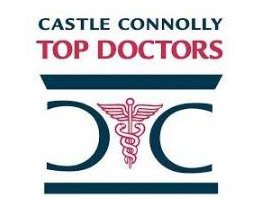As the body ages, it starts to experience wear and tear that doctors call degeneration. Spinal degeneration is a natural phenomenon that happens to everybody who lives long enough. Once a person reaches his or her 60th birthday, spinal degeneration is more common than not.
What causes spinal degeneration?
Spinal degeneration occurs because of biochemical changes in the tissues of the body. In the back, the discs or “cushions” that absorb shocks between vertebrae become weakened and flatten. The liquid in the disc that absorbs shock may lose its ability to rebound after pressure. The bones can become more brittle.
Spinal degeneration may also be caused by trauma (accident) or repetitive-stress injury.
What is spondylosis?
The spine is a column of bones (vertebrae) stacked one on top of the other. When the connections or joints between these vertebrae develop osteoarthritis, spondylosis can be diagnosed.
Spondylosis can be a confusing term, because some medical experts use it in a broad general way to refer to any type of back pain in an older person. The more accurate definition is that spondylosis is osteoarthritis of the spine. Another name for this condition is spinal osteoarthritis.
In some cases, bone spurs may develop on the vertebrae which, in turn, can put pressure on nearby nerves and cause pain, unusual sensations (tingling, loss of sensation, “pins and needles”) or weakness.
Spondylosis can occur anywhere in the back, including the neck area.
Things you should know about spondylosis
- Spondylosis in most patients cannot be prevented; there is nothing you did “wrong” that caused this problem.
- While most patients with spondylosis do not require surgery, many spondylosis patients will have long-term symptoms.
- Spondylosis symptoms cannot always be eliminated, but they can be managed.
Symptoms of spondylosis
Over time, spondylosis can result in nerve compression, that is, pressure on the nerve roots that can cause moderate to severe pain. Some common symptoms of spondylosis include:
- Pain
- Stiffness, particularly in the morning
- Loss of sensation or abnormal sensations in the shoulders, arms, legs, feet
- Weakness
- Headaches at the back of the head
- Balance problems
- Loss of bladder or bowel control
Talking to University Spine Center about spondylosis
If you think you may have spondylosis, you may find it is a confusing subject to discuss. The spine experts at University Spine Center will help you diagnosis your condition and recommend appropriate treatment options. Be sure to find out if you have specific conditions (such as osteoarthritis or degenerative disc disorder) or any other related conditions (such as osteoporosis).
After a physical examination and medical history, you may be asked to undergo certain other diagnostic tests:
- X-ray
- CT scan or MRI scan
Treating spondylosis
Spondylosis is usually treated conservatively, at least at first, since it often responds to such therapeutic options as:
- Physical therapy
- Pain medications
- Lifestyle modifications
- Massage
- Exercise
Surgery is rarely a first-line approach to spondylosis but may be an appropriate treatment for some patients. This option should be discussed with your physician at University Spine Center.






